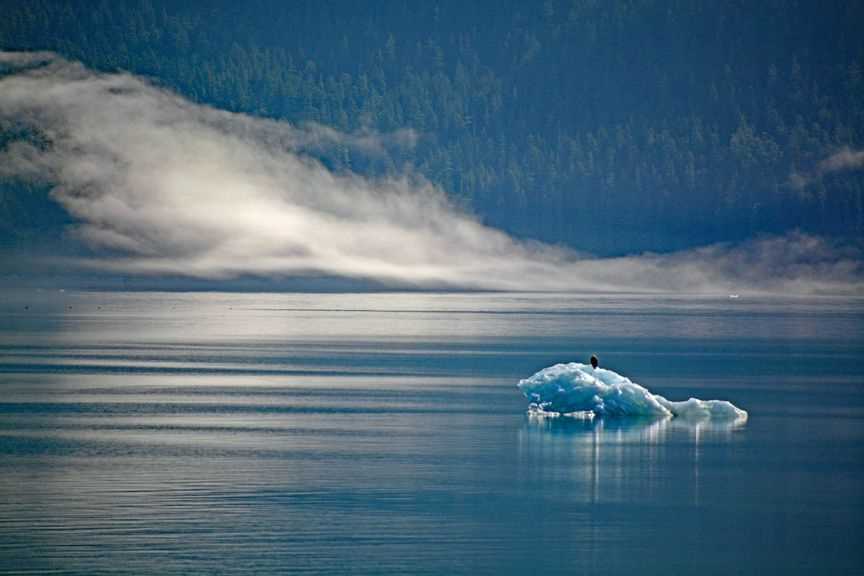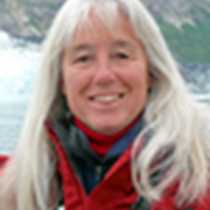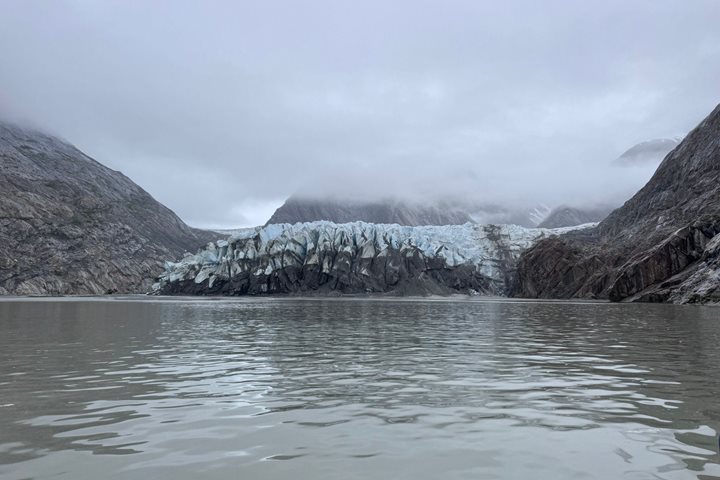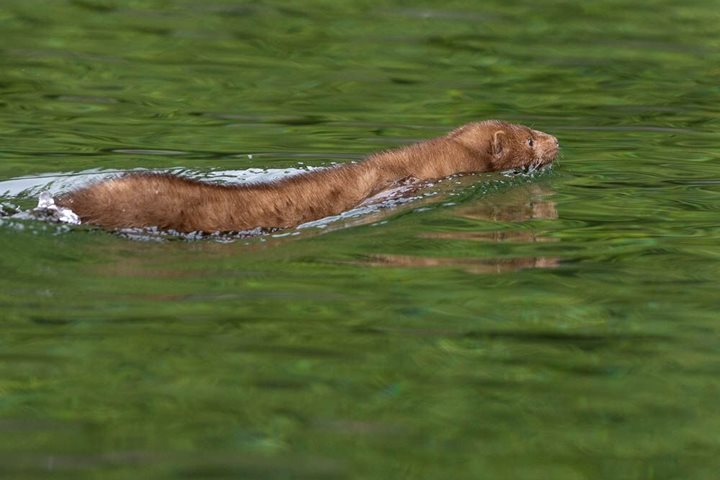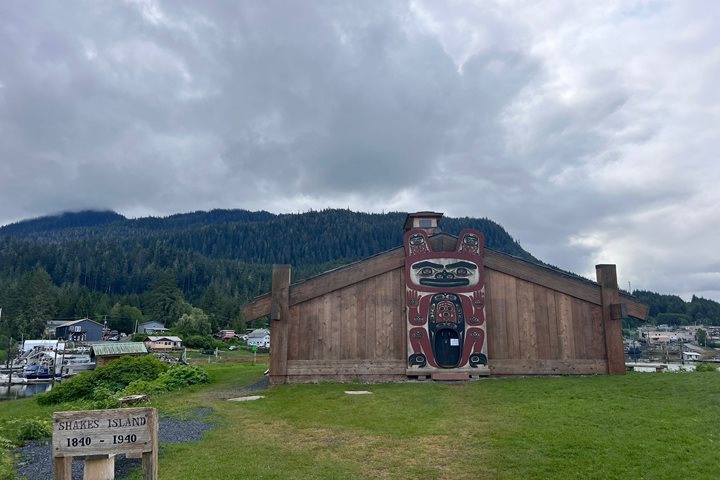Gleaming icebergs. Peaks, rounded and ragged. U-shaped valleys. Rushing cascades and melting snow and ice. Glaciers tumbling from the Stikine Icefield to the sea. White thunder. Harbor seals with pups. Under sunny skies, National Geographic Sea Bird and her expedition landing crafts transported guests through Tracy Arm Fjord to this post-Ice Age landscape.
Later on in the warm day, some guests and staff cooled off by jumping into the icy water. Various shipboard presentations kept us engaged between activities and admiration of the stunning scenery.

